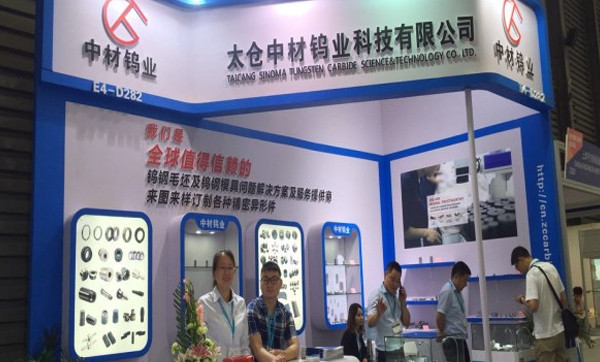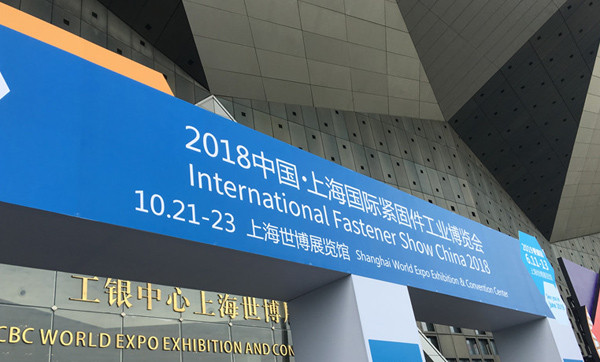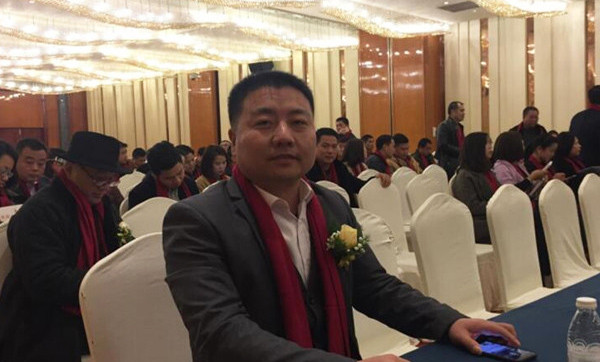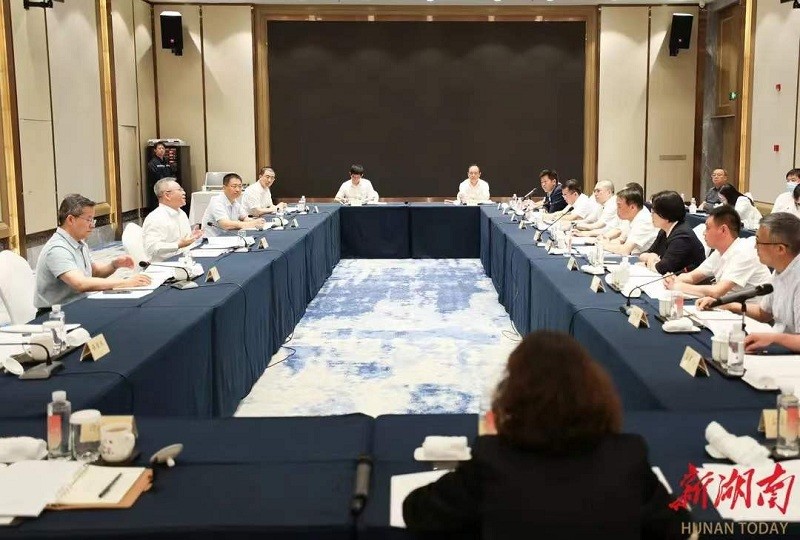Introduction
In today's era of rapid manufacturing development, molds, as fundamental industrial process equipment, directly determine the precision, performance, and cost of final products. Tungsten carbide (cemented carbide) molds occupy a critical position in the field of precision molds due to their excellent hardness, wear resistance, and high-temperature stability. However, for a long time, China has heavily relied on imports for high-end tungsten carbide mold materials, which not only incurs high costs but also faces risks of technological blockades. Independent research and development (R&D) of tungsten carbide mold material formulations has become an essential path for the transformation and upgrading of China's manufacturing industry, offering multiple strategic and practical benefits.
1. Breaking Technological Monopolies and Achieving Self-Sufficiency
The most immediate benefit of independently developing tungsten carbide mold material formulations is breaking foreign technological monopolies and achieving self-sufficiency in critical materials.
For a long time, the high-end tungsten carbide mold material market has been monopolized by a few companies from Sweden, Germany, and Japan, forcing Chinese manufacturers to import these materials at high prices. Through independent R&D:
- Dependency on foreign technology can be eliminated, avoiding the risk of being "choked" by supply chain disruptions.
- Complete intellectual property rights can be secured, freeing the industry from external constraints.
- Supply chain security can be ensured during special periods (e.g., geopolitical tensions).
Particularly in sensitive fields such as aerospace and national defense, using domestically developed tungsten carbide materials can better safeguard national strategic security.
2. Reducing Production Costs and Improving Economic Efficiency
Imported tungsten carbide mold materials are expensive, typically 30%-50% more costly than domestic alternatives. After successful independent R&D:
1. Direct cost reduction: Eliminates high import fees and tariffs, significantly lowering raw material costs.
2. Lower logistics and storage costs: Domestic production shortens supply chains.
3. Reduced maintenance costs: Local technical support enables faster and more convenient servicing.
4. Extended service life: Formulations optimized for domestic conditions can enhance mold lifespan, further reducing per-unit costs.
Industry estimates suggest that full localization of tungsten carbide mold materials could save China's manufacturing sector billions of yuan annually in procurement costs.
3. Customized Development for Enhanced Performance
Unlike generic imported materials, independent R&D allows for targeted optimization based on domestic application scenarios:
1. Adaptation to local processing techniques: Optimized for China’s common machining equipment and parameters.
2. Compatibility with domestic material properties: Adjusts formulations based on the characteristics of locally sourced tungsten, cobalt, and other raw materials.
3. Meeting specialized needs: Develops specialized materials for different industries (e.g., electronics, automotive, medical devices).
4. Performance optimization: Achieves the best balance between hardness, toughness, and wear resistance through microstructural control.
For example, formulations with stronger corrosion resistance can be developed for southern China’s high-humidity environments; wear resistance can be prioritized for mass-produced standard parts; and impact resistance can be enhanced for precision complex molds.
4. Promoting Synergistic Development Across the Industry Chain
Independent R&D of tungsten carbide mold materials will drive improvements across the entire supply chain:
1. Upstream raw material industry: Advances domestic tungsten mining and smelting technologies, improving the quality of raw materials like tungsten carbide powder.
2. Equipment manufacturing: Upgrades sintering furnaces, grinding equipment, and other manufacturing technologies.
3. Downstream applications: Enhances mold manufacturing standards and end-product quality.
4. Supporting services: Boosts professional services such as material testing, performance evaluation, and failure analysis.
This industry-wide synergy will significantly enhance China’s overall competitiveness in high-end materials.
5. Cultivating Talent and Accumulating Technical Expertise
The independent R&D process itself is invaluable for talent development and technological accumulation:
1. Building R&D teams: Trains interdisciplinary experts in materials science, metallurgical engineering, and mechanical manufacturing.
2. Gaining technical experience: Establishes comprehensive know-how from lab research to industrial application.
3. Enhancing innovation capabilities: Lays the foundation for developing even higher-performance materials in the future.
4. Standard-setting influence: Enables participation or leadership in industry standards, increasing global influence.
These intangible assets often surpass the value of the products themselves, forming the core of long-term competitiveness.
6. Environmental Sustainability
Independent R&D better aligns with green manufacturing principles:
1. Higher material utilization: Optimized formulations reduce the use of rare metals.
2. Greener processes: Develops energy-saving techniques like low-temperature sintering.
3. Recycling systems: Establishes efficient scrap recycling to improve resource circularity.
4. Longer service life: Extends mold lifespan, reducing resource consumption.
Given that China is the world’s largest tungsten resource holder but also a major consumer, independently developing formulations that maximize tungsten efficiency is crucial for conserving strategic resources.
7. Strengthening Global Competitiveness
Owning proprietary tungsten carbide mold material formulations will significantly boost China’s manufacturing competitiveness internationally:
1. Cost advantage: Lower domestic material costs make end products more price-competitive.
2. Faster delivery: Local supply chains enable quicker response times and shorter development cycles.
3. Service advantages: Provides closer customer support and tailored solutions.
4. Brand value: Shifts the perception of "Made in China" from low-end to high-end manufacturing.
In the long run, independently developed high-end tungsten carbide materials may even be exported, transforming China from a technology importer to an exporter.
Conclusion
Independent R&D of tungsten carbide mold material formulations is a strategically significant and systematic project. Its benefits extend beyond immediate economic gains to long-term values such as supply chain security, technological accumulation, and talent cultivation. As China’s manufacturing sector transitions toward high-quality development, breaking through key material technology bottlenecks has become imperative.
ZCCF has been independently developing tungsten steel mold material formulations since its inception. Our products hold strong competitiveness in the market. We will provide you with high-quality products worthy of your trust.




